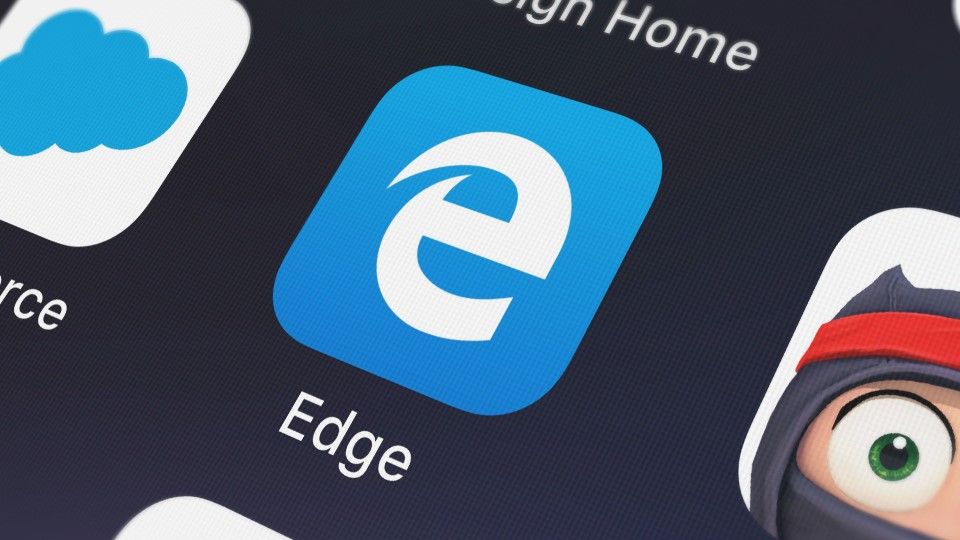
Browser notification dialog boxes are an annoying way for websites to push their content or even spam on users which is why Microsoft Edge is now giving users the ability to hide them.
Google first introduced browser notifications for Chrome back in 2013 and other browser makers quickly followed suit. These notifications pop up when a user visits a website for the first time and ask if they would like to sign up to receive notifications regarding new content.
Unfortunately though, spam websites have begun to abuse this feature by forcing users to accept to show browser notifications before allowing them to play a video, download a file or even view a site’s content.
If a user does accept the subscription, these scam sites then begin sending a steady stream of unwanted advertisements for online dating sites, browser extensions, adult sites, games and sometimes even malware.
Hiding browser notifications in Edge
Microsoft Edge has debuted a new feature called “Quiet notification requests” that allows users to block all browser notification dialogs from being displayed.
Interested users can test out this feature for themselves in the Microsoft Edge Beta 83 by opening Edge settings and going to the Site permissions / Notifications section where they can enable Quiet notification requests.
With the feature enabled, Microsoft Edge will hide all browser notification dialogs and will instead display a small bell icon in the address bar. To see a notification, users can click on the bell which will show a dialog that allows them to decide if they wish to allow notifications or not.
By blocking browser notification dialogs, Microsoft will effectively kill off a great deal of web spam and make browsing the internet less annoying for Edge users. While Quiet notification requests are still in beta, expect them to get rolled out in a stable release of the software giant’s Chromium-based browser soon.
- Also check out our complete list of the best VPN services
Via BleepingComputer
